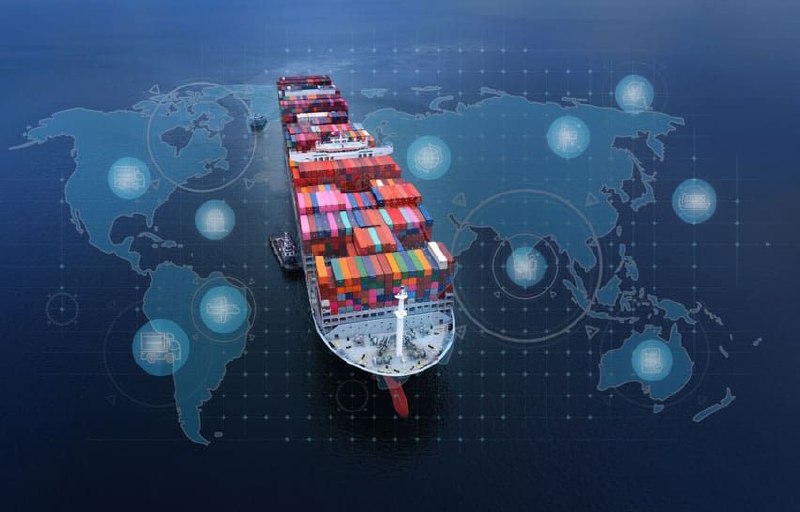
They are frequently designed to protect local industries, making imported products more expensive than locally produced ones. Though in today’s supply chains, they often end up being a burden on everyone, since local producers also use imported materials in their production processes.
This means that the tariff paid by the importer is not necessarily the percentage listed in the country’s laws, since the amount is calculated over a final price that includes different supply chain charges.
For example: If a US importer buys something in China for 1000, pays 100 in freight and 10 in insurance, the customs value of this product will be 1110. If we apply the new 54% announced by Trump, the tariff that the importer will have to pay will be $599,40. So the final landed cost of said product (not considering other local expenses) is 70,94% higher than the original price.
And who ends up paying for this? The end users. Of course import companies will transfer this cost increase into the product’s final price, no one will maintain “old” prices absorbing the new tariff, it’s always the consumer that pays the price of these trade wars. A general manager of a company DDG has access to already stated, when confronted with Trump’s tariff announcement, that the company will have to increase its products prices.
When you consider that nowadays basically nothing is completely locally sourced, we have to expect price increases in everything we use and consume.
In the US, if the new tariffs work out to an average of 29%, importers would have to pay about $1 trillion in tariffs per year, or $7,300 per household. Realistically, that would never happen. Many goods will just not get imported any more, creating shortages and large price hikes.
Some experts say this move could cause a global recession:
